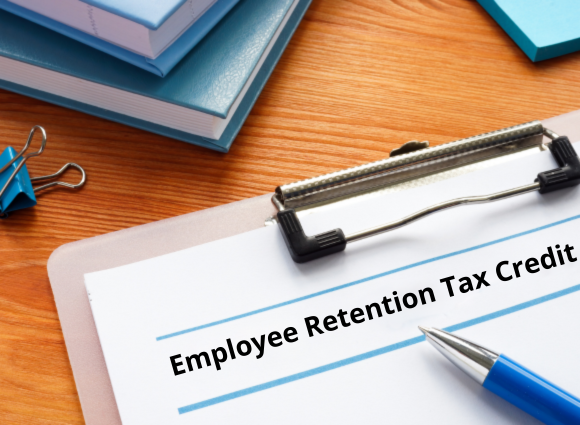
Adding a New Partner to Your Business? Be Aware of These Considerations
If your partnership is planning to admit a new partner, there are several financial and legal implications. Here are two issues to consider:
- If the current partners have an interest in unrealized receivables and substantially appreciated inventory, the allocation of those interests could change with the addition of a new partner. This change could be treated as a sale of those items, resulting in a gain allocated to the current partners. To avoid this, these items would need to be allocated to the current partners even after the entrance of the new partner.
- Any “built-in gain or loss” on assets held by the partnership before the new partner was admitted must be allocated to the current partners and not to the new partner. “Built-in gain or loss” is the difference between the fair market value (FMV) and the basis of the partnership property at the time the new partner is admitted.
The new partner must receive a portion of the depreciation equal to his share of the depreciable property based on current FMV of that property. This may reduce the amount of depreciation that can be claimed by the existing partners. Also, the built-in gain or loss on the partnership assets must be allocated to the pre-existing partners when partnership assets are disposed of.
Whenever there are changes in your partnership, it’s critical to maintain an accurate accounting of each partner’s basis. Basis is used to allocate gain or loss, determines how partnership distributions are taxed, as well as the maximum amount of partnership loss that can be deducted.
These rules are complex and may require the partnership to adopt special accounting procedures to comply with applicable requirements. Please give us a call if you need assistance in walking through this process.




